Table of Contents
- I. What Is Positional Plagiocephaly?
- II. Causes of Positional Plagiocephaly
- III. Diagnosing Plagiocephaly
- IV. Preventing and Treating Plagiocephaly
- V. Effects of Plagiocephaly
- VI. Medical Malpractice and Plagiocephaly
Positional plagiocephaly is when your infant child’s head is deformed by resting too long in one position. It sounds serious, but in most cases it is not.
However, there are some causes for concern, and places where your doctor’s recommendations may lead to worse outcomes for you and your child. Sometimes these outcomes may have a lifetime of impact. It’s important to understand these so that you know when you may have cause to at least get a second opinion, and when you may want to consider a medical malpractice lawsuit.
I. What Is Positional Plagiocephaly?
Positional plagiocephaly is when your baby’s head has been deformed by spending too much time in a single position, most commonly from sleeping on their back or in a car seat.
When babies are born, their heads are soft: the parts of the skull are not fully fused. This allows for the baby to pass more easily through the birth canal and to accommodate rapid growth of the brain that occurs in early years.
However, this also means that your baby’s head can be reshaped by forces during the first months of life, including time spent in the womb. Plagiocephaly is a term used to describe this reshaping of your baby’s head, but can encompass multiple types of head deformity.
- Plagiocephaly is used not only to refer to all types of head deformation, but also to describe head deformation that results in a flattened area at the back of the head that angles off to either side.
- Brachiocephaly describes a type of plagiocephaly in which the head is flattened in the back parallel to the facial plane.
- Scaphocephaly describes a head that is flattened perpendicular to the facial plane.
Multiple types of deformity can occur together.
A. Positional and Deformational Plagiocephaly
Positional plagiocephaly refers to deformation of your infant’s head due to persistent or repeated positioning where the weight of your child’s head provides the active force. Deformational plagiocephaly is when the deforming force comes from other sources. Sometimes deformational plagiocephaly is used to describe all types of plagiocephaly, regardless of the cause of deformation.
B. Plagiocephaly at Birth
Although most cases of plagiocephaly are acquired after birth, plagiocephaly may develop in the womb or during the birth process.
1. Twinning
Twins are at an increased risk for plagiocephaly at birth because they are more likely to be crowded in the womb.
2. Fetal Position
Sometimes babies develop plagiocephaly simply as a result of remaining in one position in the womb. This may be more common for large babies.
3. Traumatic Birth
Traumatic birth can lead to deformational plagiocephaly. If the infant spends too much time in the birth canal, the head may be deformed. Deformation has also been significantly correlated with forceps or vacuum extraction.
If your child has suffered significant plagiocephaly due to a traumatic birth, you may wish to consider a medical malpractice lawsuit. If your doctor failed to recommend a cesarean section (C-section) or inappropriately used extraction tools during the birth, plagiocephaly may just be the most visible sign of potentially far-reaching injury.
C. Positional vs. Synostotic Plagiocephaly
Synostotic plagiocephaly is a more serious condition that may be confused with other types of plagiocephaly. It’s also known as lambdoid synostosis or just synostosis. In this condition, the bones of your child’s skull fuse together too early, leading to a potentially serious deformation of your child’s skull.
There are many potential signs that may differentiate synostosis from positional plagiocephaly, such as raised sutures between the bones of the skull, but CT scans may be required for accurate diagnosis. Synostosis requires surgery to correct.
Failure to diagnose synostosis, or misdiagnosis of synostosis may mean you should consider a medical malpractice lawsuit. Failure to diagnose synostosis may lead to delayed treatment, potential developmental delays, and lasting deformation of the skull. Misdiagnosis of synostosis may lead to unnecessary or inappropriate treatment.
II. Causes of Positional Plagiocephaly
Positional plagiocephaly results when children spend most of their time in a single sleeping position. Children can spend more time in a single position because of several potential causes.
A. “Back to Sleep” Campaign for SIDS Prevention
In 1992, the American Academy of Pediatrics initiated its “Back to Sleep” campaign for prevention of sudden infant death syndrome (SIDS). By reminding parents to put babies on their back when they sleep, the campaign reduced the incidence of SIDS by 50%.
However, when more babies were put to sleep on their backs, the incidence of positional plagiocephaly increased dramatically as well.
B. Torticollis
Torticollis is a medical condition in which an infant’s neck rests in an abnormal position due to tightness in the neck muscles. This makes it hard for babies to turn their heads, so they spend most of their time with their heads in a single position.
C. Time Spent in Car seats and Infant Play Stations
Babies who spend too much time in car seats, carriers, and infant play stations may be more likely to develop positional plagiocephaly. Because of the way their interest is directed, they are more likely to hold their head in a certain position, which can lead to deformity.
III. Diagnosing Plagiocephaly
In order to get the best treatment for your child’s plagiocephaly, it’s important that you get an accurate diagnosis of the condition. In some cases, visual inspection, palpation (feeling) of your baby’s head, and basic measurements may be used. In other cases, your doctor may recommend additional tests and scans.
A. Plagiocephaly, Brachiocephaly, and Scaphocephaly
As noted above, there are three basic types of plagiocephaly. Identifying the type of deformation of the head is crucial to tracking down the cause and making treatment recommendations.
B. Identifying Synostotic Plagiocephaly
Synostotic plagiocephaly can result in deformation similar to that of positional plagiocephaly, depending on the sutures in the skull that have become fused. In unilambdoid synostosis, the deformation is similar to that of plagiocephaly, with the angled area of flatness in the back of the head. However, it differs in the way that it alters the position of the ears and forehead.
The sagittal suture, which runs along the top of the skull, is the most commonly affected, and is fused in up to 60% of synostosis cases. A simple sagittal synostosis (where the sagittal suture is the only one effected) may result in deformation similar to scaphocephaly, a longer narrower head.
Crouzon’s disease or Crouzon syndrome results in a flattened back of the head parallel to the facial plane, what is called brachiocephaly.
There are hundreds of kinds of synostosis, and they can sometimes be hard to diagnose. Doctors may use simple x-rays or more complicated CT scans to image the sutures. When examining the sutures for fused places, doctors have to select the right angles for viewing the entire suture, because often only a small part of the suture is involved. Failure to properly image the entire suture may require additional scans and radiation exposure, or lead to misdiagnosis.
C. Timely and Accurate Diagnosis for Effective Treatment
Your child’s development occurs on a precise schedule. As your child’s brain grows, it develops functionally as well. If the skull does not permit the brain to develop on schedule, developmental delays may result. If surgical intervention is necessary for synostosis, it must be performed quickly to avoid damage not only to the brain, but to the ears, spine, and other areas.
In addition, it’s important to start remodeling therapy when the head is soft, ideally between 4 to 6 months. Attempting to use a therapeutic helmet or band after 6 months may not give the same quality results.
IV. Preventing and Treating Plagiocephaly
Positional plagiocephaly can be easily prevented and even treated with at-home care if properly identified soon enough.
A. Preventing Plagiocephaly
Preventing plagiocephaly is all about ensuring your child doesn’t spend too much time in one position.
1. Changing Sleeping Position
Experts recommend changing sleeping position every time you put a baby down to sleep. The baby should always be placed on their back, but by alternating the direction the baby faces, you can increase the odds that your baby will alternate the position in which they hold their head, since they will naturally turn to face the room, light, or other sources of interest.
2. Tummy Time
Another important part of preventing plagiocephaly is giving your infant adequate supervised tummy time. Not every child is a fan of tummy time, but it’s important that your child gets this time not only to help with the development of their skull, but also to ensure that they develop strength in their neck and arms.
3. Reducing Time in Car Seats, Carriers, and Play Stations
Car seats, carriers, and play stations can all be great aids to you and your child. They may keep your child safe, secure, and stimulated while you are doing other things nearby, but since they tend to encourage your child to hold their head in one position, they can lead to positional plagiocephaly.
4. Treating Torticollis
Torticollis prevents your child from turning their head, which means they will preferentially hold their head in one position, which can result in plagiocephaly. Torticollis is present in up to 80% of infants with positional plagiocephaly.
Treating torticollis may involve simple stretching exercises, massage, and physical therapy. It may also involve neck braces, or, in extreme cases, surgery.
B. Treating Plagiocephaly
If your infant develops plagiocephaly, treatment is easier if the condition is diagnosed sooner.
1. Try Preventive Steps for Infants 6 Months or Less
Preventive steps work just as well as most treatments if your child is 6 months old or less. Typically, plagiocephaly will resolve in a few weeks.
2. Helmet Therapy
If plagiocephaly doesn’t resolve by the time a child reaches the age of 6 months, it may be time to consider helmet therapy. In this treatment, a helmet or headband is placed on your child’s head to encourage remodeling into a more natural or normal shape. Helmet therapy works well for all children, but it works better for children with plagiocephaly than brachiocephaly.
3. Synostosis Surgery
If your child has craniosynostosis, surgical treatment is necessary. Surgery is typically performed when your child is between 6 months a year in age, a compromise between ensure the child is old enough to make surgery reasonably safe and ensuring the intervention takes place early to avoid developmental delay or damage.
V. Effects of Plagiocephaly
We’re still not entirely sure about the effects of plagiocephaly, especially the effects of plagiocephaly as a result of the “Back to Sleep” campaign.
A. Overall, a Lack of Evidence
The primary reason why plagiocephaly outcomes are unknown is that there have been relatively few studies done. A 1998 review suggested that there was not much evidence. A 2005 review also said there was little evidence, but suggested that children with plagiocephaly might represent a “high-risk” group in terms of developmental delays.
Although several studies point to possible developmental delays, the current conventional wisdom is that “There is no convincing evidence that in cases of plagiocephaly, the deformational flattening has any effect on a child’s brain development, vision or hearing.”
However, some studies suggest otherwise.
B. Developmental Delays
Developmental delays are the most widely studied negative consequence of positional plagiocephaly.
Perhaps one of the strongest studies to demonstrate a connection is a 2000 study that showed children with plagiocephaly were more than 5 times more likely to need assistance in school than their siblings without plagiocephaly (39.7% vs. 7.7%). This is using data of children who were diagnosed with plagiocephaly in 1980-1991, before the “Back to Sleep” campaign, so it’s possible these represented more severe cases.
A 2007 study saw similar rates of learning assistance for children with plagiocephaly (33%), but didn’t compare these rates with siblings. This study looked at appearance concerns as well, noting that 21% of parents were concerned about their child’s appearance. About 8% of children also noted concern about their appearance, but less than 5% reported bullying associated with an asymmetrical appearance.
A 2013 study looked at the brain shape in infants with plagiocephaly, and found that they were affected by the deformation of the skull. The study said that additional studies were needed to determine whether these brain shape differences led to developmental problems.
C. Ear Infections Due to Poor Ear Geometry
Deformation of the skull due to plagiocephaly may compromise the geometry of the ear, making ear infections more common. Current research has shown suggestive evidence of increased ear infections, but no conclusive relationship.
More serious problems are reported for children with synostosis.
D. Visual Field Disturbance
According to one study, perhaps 35% of infants with posterior plagiocephaly (either positional or from another cause) had visual field restrictions in either one or both eyes. Visual field was reduced by 20 degrees or more, out of a typical visual field of about 120 degrees.
E. Mandible Symmetry and Function
There are many studies that have looked at the effect of positional plagiocephaly on mandible shape. There is a statistically significant correlation with many aspects of jaw shape. However, studies on long-term consequences of this asymmetry are lacking.
VI. Medical Malpractice and Plagiocephaly
If your child has been affected by plagiocephaly, there are many circumstances under which you may be able to pursue a medical malpractice claim.
A. Traumatic Birth
Perhaps the most clear-cut case of medical malpractice is birth injury. If your child suffered deformational plagiocephaly as a result of birth trauma, vacuum extraction, or the improper use of forceps, you may be able to pursue compensation for the long-term consequences of your child’s injury, including possible developmental delay.
This may also be true if your doctor failed to recognize warning signs that a C-section would be appropriate to avoid birth complications.
B. Failure to Diagnose Torticollis
If your doctor failed to recognize torticollis or make appropriate recommendations, it may have set your child up for plagiocephaly, despite your best efforts at changing sleep position and following other strategies.
C. Failure to Diagnose Plagiocephaly or Synostosis
If your doctor failed to recognize your child’s plagiocephaly or synostosis, leading to delayed or ineffectual treatment, you may be able to seek compensation for the long-term results.
D. Misdiagnosis of Synostosis Leading to Unnecessary Surgery
On the other hand, your doctor may have recommended surgery for synostosis when none was present. Unnecessary surgery leads to unnecessary expenses and trauma for your child.
E. Compensation for Malpractice
If you or your child have been harmed by a doctor’s error, you may be eligible for compensation for:
- Emotional trauma
- Medical Expenses
- Diminished earning capacity for your child’s disability
The damages that would be available in your case depend on the specifics of the injury, your child’s prognosis, and the degree of the error.
F. Burden of Proof for Damages
In order for you to receive compensation for your injury, we have to prove that your doctor made an error—that is, deviated from the standard of accepted care—and that the error led to an injury to you or your child. This is difficult, and cannot be guaranteed for any type of medical malpractice case.
However, at Andres, Berger & Tran, we offer free case evaluations, and we would be happy to hear from you about the circumstances of your child’s injury. We can then advise you of your legal rights and options so you will know how best to proceed.













